Constructed in 1861 under the reign of Napoleon III to house the French ball-and-court game known as “jeu de paume” (literally “palm game”), and later converted into a museum of impressionist painting, the Galerie Nationale du Jeu de Paume has, since 2004, served as a center for modern and contemporary photography and media. Currently on view are two complementary mid-career retrospectives devoted to women photographers Lorna Simpson (American, b. 1960) and Ahlam Shibli (Palestinian, b. 1970). Both use their cameras to probe the persistence of racial and ethnic injustice.
The first large-scale presentation of Simpson’s work in Europe, this survey exhibition ranges from her proto-cinematic photo-text piece, Gestures/Re-enactments (1985), to her recent conceptual video installation, Chess (2013), providing an insightful view into America’s repressed history of social and ethnic divisions. Shibli’s exhibition, on the other hand, is organized around six major photographic projects, densely but elegantly installed. Beginning with the series Trackers (2005), eighty-five photographs of Bedouin-descended Palestinians who have served or still serve as volunteers in the Israeli Army, the show concludes with the haunting series Death (2011-12), sixty-eight photographs of posters, billboards, and cardboard cutouts of Palestinian martyrs, depicted with weapons in hand, which are displayed in people’s homes or on the streets to preserve their memory.
During my two-day sojourn in Paris, I also saw retrospectives at the Centre Georges Pompidou of two nonconformist artists who recently died: an overview, unprecedented in its size, of the French surrealist and abstract painter Simon Hantaï; and a traveling survey of the prolific American artist Mike Kelley. (Initiated by the Stedelijk Museum in Amsterdam, Kelley’s show will also come to MoMA PS1, New York this fall and the Museum of Contemporary Art, Los Angeles in 2014.)
More than one hundred works made over the course of Kelley’s four-decade-long career are presented across eight rooms. The show is jam-packed; but the circuitous and pulsing display creates a rich, immersive environment conducive to a visceral experience of his protean oeuvre. Organized chronologically and thematically, the exhibition starts with photographic documentation of Kelley’s first performances while a student at CalArts in the mid 1970s, and closes with a recent series of sculptures and large-scale, illuminated installations inspired by Kandor, the fictional home city of Superman. Favorites, such as Birdhouses—early sculptures that Kelley made by following instructions in DIY books—and his once-controversial abject assemblages of stuffed animals and tattered toys are highlighted. One of the most arresting displays encourages visitors to swerve in and out of a dense forest of paintings, sculptures, and projections related to The Poetics, a still relatively obscure punk rock group Kelley formed with fellow artist Tony Oursler in 1977.
Known for his deliberate violation of gender codes and of boundaries between high and low culture, Kelley was attracted to inflammatory material otherwise sublimated by society: sexual dysfunction, incest, and the scatological are but a few examples. Heidi (1992), based on the 1880 eponymous children’s book of Joanna Spyri, for instance, is an hour-long film Kelley made collaboratively with artist Paul McCarthy using techniques borrowed from horror movies, in which rubber life-size figures of Heidi, her best friend Peter (a goat-herder), and her grandfather, clumsily bump into one another and engage in sexual acts. Prominently featured in the Pompidou retrospective, the film was the driving force behind an exhibition Kelley organized himself precisely twenty years ago for Sonsbeek 93. When invited by curator Valerie Smith to partake in the international sculpture show in Arnhem, Holland, Kelley seized the opportunity to put on display The Uncanny, a show of figurative sculpture he described as an “exhibition within an exhibition.”
Like several other shows from the early 1990s, including Jeffrey Deitch’s Post Human (1992), Kelley’s experiment took its cue from the rise of “mannequin art,” a term he coined to describe artists like Charles Ray, Kiki Smith, and Jonathan Borofsky, whose life-size sculptures—not, in fact, all mannequins—evoked anxieties about the role of the human body in a time wrought by the AIDS epidemic, the growth of plastic surgery procedures, and advances in biotechnology. In addition to artworks, however, Kelley gathered religious statues, inflatable sex dolls, ventriloquist dummies, wax figures, and medical anatomical models into crowded clusters to eerie effect. On the walls, photographs of works that could not be loaned were on view, while in a separate room, Kelley displayed the “Harems”—fifteen collections, ranging from marbles he gathered as a young boy to album covers, business cards, and squeezy toys he amassed over decades as an adult. According to Kelley, the process of moving through these diverse throngs of art and non-art objects, many of which had once served as doubles for actual human beings, was meant to provoke “disturbing, unrecallable memories” à la Sigmund Freud, who, in his 1919 text, “The Uncanny,” questioned whether “a lifeless object might not in fact be animate.”
By the early 2000s, Kelley’s The Uncanny had gained such a legendary reputation that it was recreated (with some alterations) at Tate Liverpool in 2002, and Vienna’s mumok (MUseum MOderner Kunst) in 2004. More recently, in 2010, curator Massimiliano Gioni also paid tribute by reconstructing portions of it (albeit without authorization) for the 8th Gwangju Biennale, 10,000 Lives.
It was just this sort of imaginative exhibition that was missing in Paris as I passed through a week ago. That being said, in less than two weeks, the Palais de Tokyo will open Nouvelles vagues (New Waves), an intriguing large-scale event organized by twenty-one international young curators, who were selected for their visionary curatorial methodologies from a pool of over 500 candidates. For their exhibition Champs Elysées, the trio of Nicola Trezzi, Simon Castets, and Julie Boukobza, for instance, will transform a section of the cavernous Palais de Tokyo into a cemetery. The press release, which oddly neglects to name the winners, promoting instead the already world-renowned jury, goes to great lengths to underscore the importance of a new type of curator: a globe-trotting creative “maverick” who works side-by-side with and holds a comparable position to the contemporary artist. While the press release does not explicitly conflate the figure of the artist with that of the curator, I wonder if in this contemporary moment such a distinction still exists, and if so, where the line is drawn? I’m sure my trip to Venice, where I plan to see the 55th Venice Biennale and the reconstruction of Harald Szeemann’s landmark exhibition When Attitudes Become Form (1969), will help to elucidate some of these points. Stay tuned!
___________
Natalie Musteata is Blogger-in-Residence through June 28, 2013.

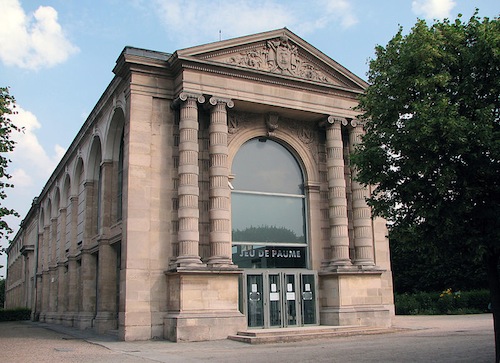
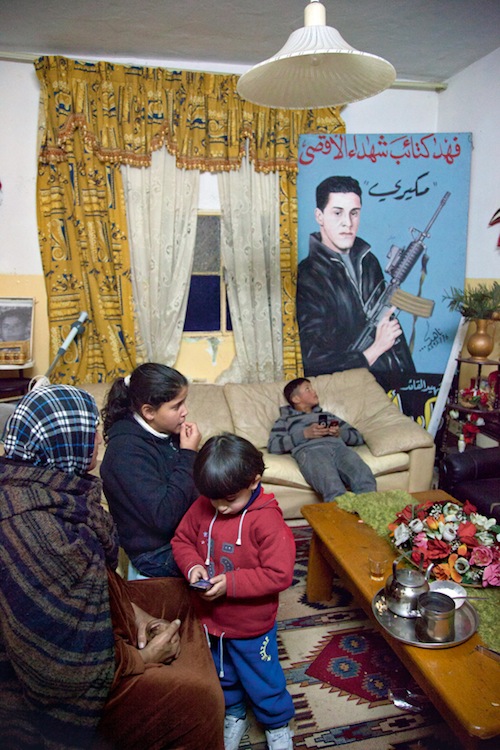

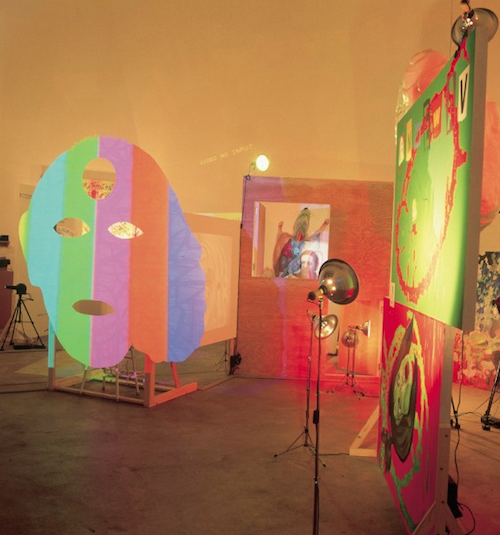
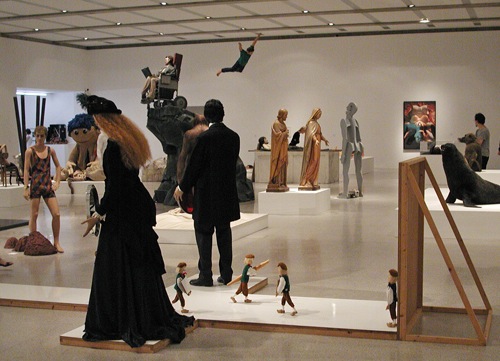
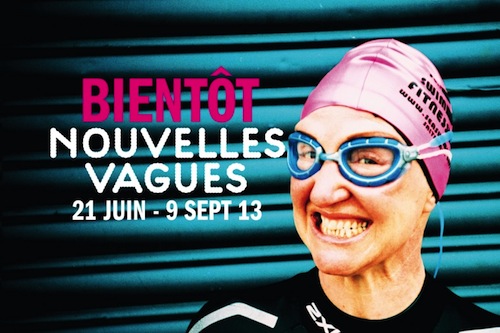



Pingback: Travelogue Entry No. 3 | Singularity and Repetition in Venice | Art21 Blog